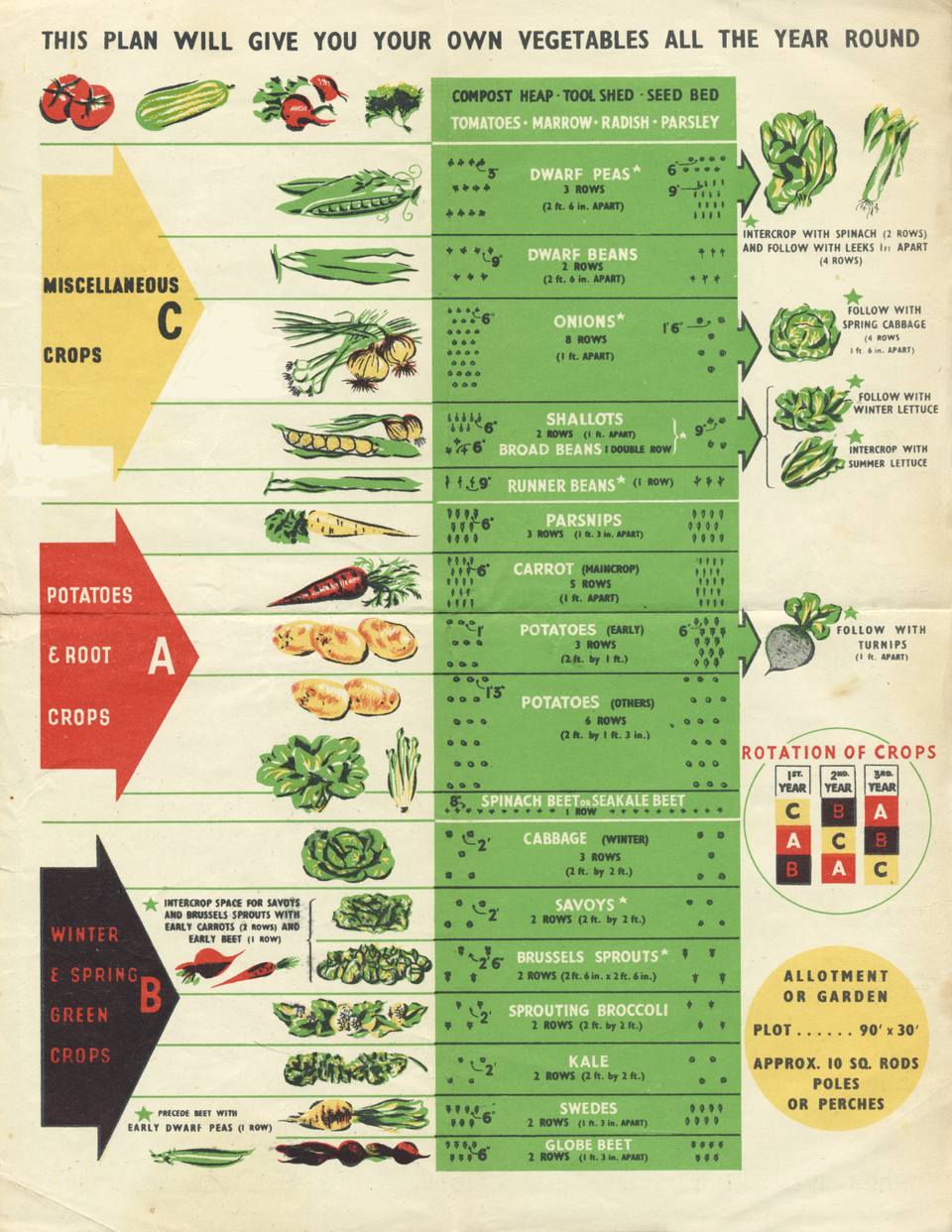Crop rotation is a vital practice in agriculture, aimed at maintaining soil fertility and preventing the build-up of pests and diseases. It involves growing different crops in a specific sequence over a certain period of time. By rotating crops, farmers can improve soil health, increase yields, and reduce the need for chemical inputs.
An Effective Three-Year Crop Rotation Plan
 One of the most popular crop rotation plans is the three-year rotation system. This approach incorporates three groups of crops: root crops, legumes, and leafy greens. The idea behind this plan is to maximize nutrient usage, minimize disease and pest pressures, and improve soil structure.
One of the most popular crop rotation plans is the three-year rotation system. This approach incorporates three groups of crops: root crops, legumes, and leafy greens. The idea behind this plan is to maximize nutrient usage, minimize disease and pest pressures, and improve soil structure.
In the first year, root crops such as carrots, beets, and potatoes are planted. These vegetables help break up the soil and improve its structure. They are also known for their ability to absorb nutrients from deeper layers of the soil, bringing them closer to the surface for the subsequent crops.
 The Importance of Crop Rotation
The Importance of Crop Rotation
By the second year, legumes, which include peas, beans, and lentils, are introduced. Legumes are nitrogen-fixing plants that have a symbiotic relationship with specific bacteria in their roots. These bacteria have the remarkable ability to convert atmospheric nitrogen into a usable form for plants. By incorporating legumes into the rotation, farmers can naturally increase soil fertility and reduce the need for synthetic nitrogen fertilizers.
Finally, in the third year, leafy greens like lettuce, spinach, and kale are grown. These crops are known for their shallow root systems, which help to prevent soil erosion. Leafy greens are also excellent sources of essential vitamins and minerals, making them a nutritious addition to any crop rotation plan.
 Implementing Crop Rotation
Implementing Crop Rotation
While the three-year crop rotation plan is widely used, it’s essential to tailor the rotation to the specific needs and conditions of the farm. Factors like soil type, climate, and pest pressures can influence the choice of crops for each group. Farmers should also take into account the nutritional requirements and growth habits of each crop to ensure optimal rotation.
 When planning the rotation, it’s important to group plants from different families together. This practice helps prevent the build-up of diseases and pests that may affect specific plant families. For example, members of the nightshade family, like tomatoes and peppers, are susceptible to similar diseases and should not be grown in consecutive years.
When planning the rotation, it’s important to group plants from different families together. This practice helps prevent the build-up of diseases and pests that may affect specific plant families. For example, members of the nightshade family, like tomatoes and peppers, are susceptible to similar diseases and should not be grown in consecutive years.
It is worth noting that crop rotation alone is not a guarantee against pests and diseases. Additional practices such as proper sanitation, timely weed control, and regular monitoring are crucial for successful crop management.
The Benefits of Crop Rotation
Crop rotation offers numerous benefits for both farmers and the environment. By improving soil health, it enhances nutrient cycling and water retention, resulting in higher crop yields. It also reduces the reliance on chemical fertilizers and pesticides, reducing the risk of environmental contamination. Moreover, crop rotation helps break the cycles of pests and diseases, reducing their impact and preventing the need for excessive pesticide use.
In conclusion, crop rotation is a sustainable agricultural practice that promotes soil health, boosts crop productivity, and minimizes the need for synthetic inputs. By incorporating various crops into a well-designed rotation plan, farmers can reap the benefits of increased yields, improved soil fertility, and reduced pest and disease pressures. Implementing crop rotation requires careful planning and consideration of the specific conditions on the farm, but the long-term benefits make it a worthwhile endeavor.